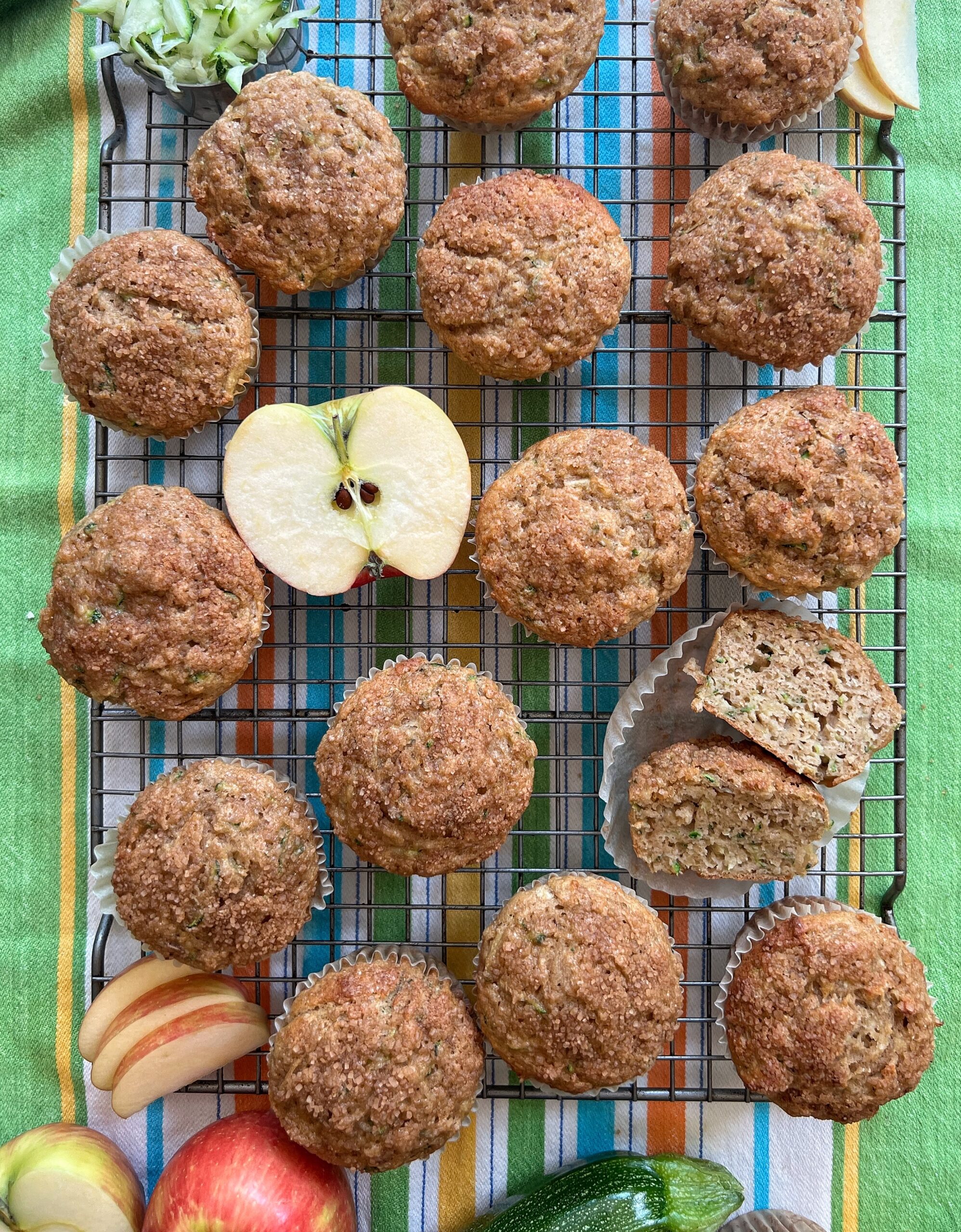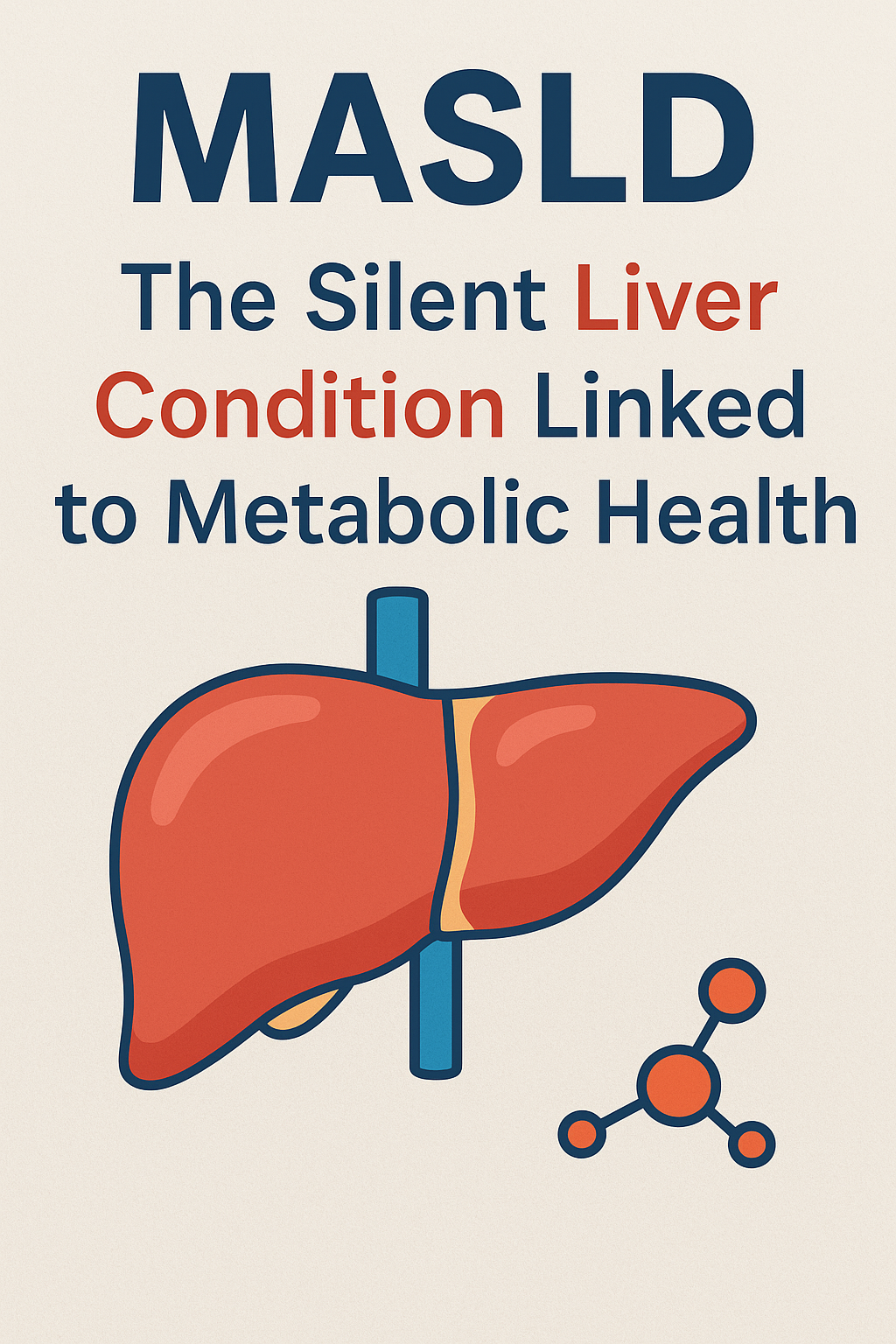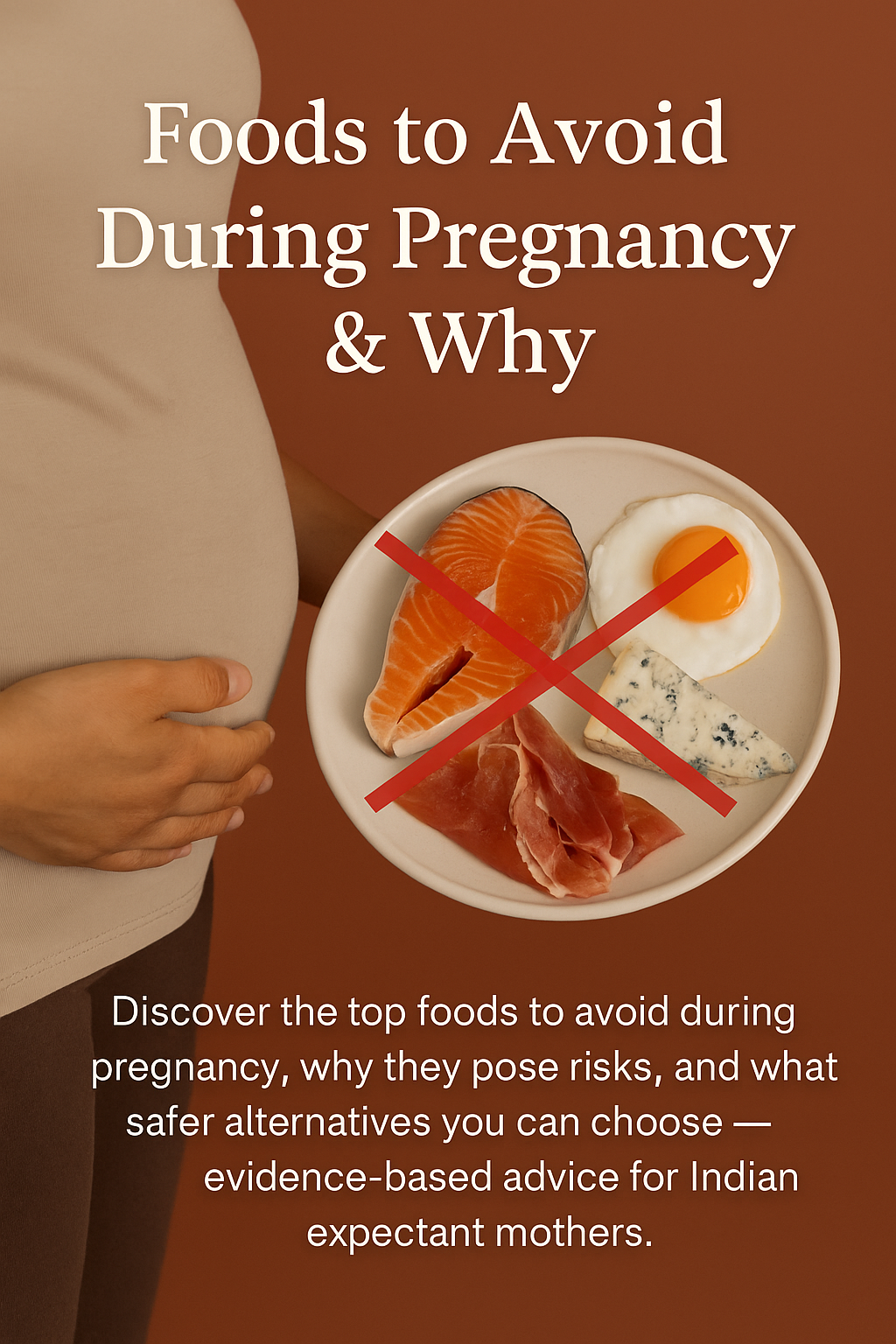As parents, we often face the challenge of balancing our children’s cravings for sweets with the need to provide them with nutritious options. It’s easy to fall into the trap of thinking that healthy food means sacrificing flavor, but that couldn’t be further from the truth—especially when it comes to baking! Healthy baking for kids doesn’t have to be bland or tasteless. In fact, it’s a wonderful opportunity to introduce wholesome ingredients without compromising on taste. Here’s why you don’t have to deprive your kids of delicious treats and how you can make healthier, kid-friendly baked goods.
Why Store-bought Bakery Goods Are A Health Concern?
Store-bought baked goods often come with several health concerns due to their use of processed ingredients and high levels of added sugars, unhealthy fats, and preservatives. Here, are a few concerns we have with store-bought bakery goods:
-
High Sugar Content: Store-bought baked goods often contain excessive amounts of refined sugars, contributing to weight gain, diabetes, and tooth decay.
-
Trans Fats and Hydrogenated Oils: Many commercial products use unhealthy fats, such as trans fats, which raise bad cholesterol and increase the risk of heart disease.
-
Artificial Preservatives: Artificial preservatives like BHA (Butylated Hydroxyanisole), BHT (Butylated HydroxyToluene), and sodium benzoate are commonly added to processed foods and baked goods to extend shelf life and prevent spoilage. While these chemicals are approved for use by regulatory bodies like the FDA, there are several health concerns associated with their consumption, particularly with long-term or excessive exposure. Here are some potential health risks:
-
Cancer Risk: Both BHA and BHT have been classified as potential carcinogens (cancer-causing substances) by some health agencies. Animal studies have shown that these preservatives can cause tumors in specific organs, including the liver and kidneys. While more research is needed to establish a direct link to cancer in humans, these preservatives remain a concern due to their potential to cause cellular mutations over time.
-
Hormonal Disruption: There are concerns that both BHA and BHT could interfere with the endocrine system by acting as endocrine disruptors. These chemicals can mimic hormones in the body, potentially leading to hormonal imbalances that affect reproductive health and development. Some studies suggest they may contribute to fertility problems, early puberty in girls, or other hormone-related issues.
-
Allergic Reactions and Sensitivities: Sodium benzoate, another common preservative, has been associated with allergic reactions in sensitive individuals. It can cause symptoms like hives, rashes, and asthma, especially in children. Additionally, when combined with vitamin C (often found in fruit juices or soft drinks), sodium benzoate can form benzene, a compound that has been linked to leukemia and other cancers.
-
Behavioral Issues: Research has suggested a possible link between sodium benzoate and behavioral problems, particularly in children. Some studies have found that consumption of foods with sodium benzoate, especially when combined with artificial food colorings, may exacerbate hyperactivity and attention issues, particularly in children with ADHD.
-
Liver and Kidney Damage: Long-term consumption of BHA and BHT in large quantities has been shown to affect liver and kidney function in animals. While the amounts used in food products are typically within safe limits, regular exposure to these chemicals might contribute to toxicity over time.
-
Digestive Issues: Some preservatives, including sodium benzoate, can cause gastrointestinal problems. They may irritate the stomach lining, leading to discomfort, bloating, and other digestive issues, particularly in individuals with sensitive stomachs or pre-existing gastrointestinal conditions.
-
Cumulative Effect: Because preservatives like BHA, BHT, and sodium benzoate are found in many processed and packaged foods, the cumulative exposure over time can increase the risk of the above-mentioned health issues. Eating a diet rich in processed foods with these preservatives may lead to a higher overall exposure than consuming them individually.
-
-
Artificial Colorings: Artificial dyes and colorings are often added to enhance the appearance, which have been linked to behavioral issues and health concerns in children. Some of the potential risks include:
-
Behavioral Issues: Studies have suggested that certain artificial colorings, such as Red 40, Yellow 5, and Yellow 6, may contribute to hyperactivity and attention problems in children, particularly those with Attention Deficit Hyperactivity Disorder (ADHD). These dyes can interfere with the brain’s neurotransmitters and exacerbate symptoms of impulsivity and inattention.
-
Allergic Reactions: Artificial colors can trigger allergic reactions in some children, leading to symptoms like hives, rashes, asthma, and gastrointestinal distress. For example, Tartrazine (Yellow 5) has been known to cause reactions in sensitive individuals, especially those with asthma or aspirin allergies.
-
Potential Carcinogenic Effects: Some artificial dyes have been linked to cancer in animal studies, though conclusive evidence in humans is still lacking. Red 3, for example, has been banned in some countries because of its potential to cause cancer in lab animals. Although it’s still permitted in the U.S., this raises concerns about long-term exposure to these chemicals.
-
DNA Damage and Organ Toxicity: Certain artificial colorings have been shown to cause DNA damage and liver toxicity in animal studies, raising questions about their safety for long-term consumption by humans, particularly vulnerable children.
-
Cumulative Exposure: Children, in particular, tend to consume more processed and artificially colored foods than adults, which means they may be at higher risk for the negative health effects of these synthetic dyes, especially with repeated exposure over time.
-
-
Low Nutritional Value: Most store-bought baked goods are made with refined flour, which lacks fiber, vitamins, and minerals that are crucial for a balanced diet.
-
Excessive Sodium: Many baked goods contain added salt, which can contribute to high blood pressure and increase the risk of heart disease.
-
Lack of Whole Grains: These products typically don’t include whole grains, which provide essential nutrients like fiber, iron, and magnesium.
- Use of Shortening: Many store-bought baked goods contain shortening, a type of fat that is high in trans fats. These fats can raise bad cholesterol (LDL) levels and lower good cholesterol (HDL), increasing the risk of heart disease and other cardiovascular issues.
-
Increased Caloric Intake: Due to high sugar, fat, and refined flour content, store-bought baked goods can be calorie-dense, leading to overeating and weight gain.
-
Unhealthy Additives: Unhealthy additives like emulsifiers and stabilizers are commonly used in baked goods to improve texture, extend shelf life, and maintain consistency. While these additives are generally considered safe in small amounts, there are growing concerns about their potential negative effects on health, particularly when consumed in large quantities or over long periods of time. Here are some of the health risks associated with these additives:
-
Digestive Issues: Some emulsifiers, such as lecithin and mono- and diglycerides, can interfere with the gut microbiome—the collection of bacteria and other microorganisms that play a crucial role in digestion and overall health. Studies have shown that emulsifiers may disrupt the balance of the gut flora, leading to inflammation in the digestive system, which could contribute to conditions like irritable bowel syndrome (IBS), Crohn’s disease, and other gastrointestinal disorders.
-
Increased Inflammation: Certain stabilizers and emulsifiers have been linked to increased inflammation in the body. Chronic inflammation is a key factor in the development of many health problems, including cardiovascular diseases, autoimmune conditions, and even cancer. Research suggests that regular consumption of foods with these additives might exacerbate inflammation, especially in people who are already prone to inflammatory conditions.
-
Obesity and Metabolic Problems: Some studies have suggested that emulsifiers, such as carboxymethylcellulose (CMC), could contribute to weight gain and metabolic issues. Emulsifiers may alter the way our bodies process fat, potentially leading to increased fat storage and insulin resistance, which can result in obesity and type 2 diabetes.
-
Allergic Reactions: Certain emulsifiers and stabilizers, like propylene glycol and sodium stearoyl lactylate, have been known to cause allergic reactions in sensitive individuals. Symptoms can include skin rashes, hives, headaches, or gastrointestinal distress. While these reactions are relatively rare, they can be severe for those with allergies to specific additives.
-
Nutrient Absorption Disruption: Some emulsifiers and stabilizers might interfere with the body’s ability to absorb certain nutrients effectively. This is especially concerning when it comes to fat-soluble vitamins like A, D, E, and K, as these additives could affect how the body processes and uses fats, potentially leading to nutrient deficiencies over time.
-
Cancer Risk: Some stabilizers and emulsifiers, particularly butylated hydroxyanisole (BHA) and butylated hydroxytoluene (BHT), are linked to potential cancer risks. Although these preservatives are generally regarded as safe by regulatory agencies, some studies have suggested that they may cause cancer in animals, raising concerns about long-term exposure and its possible effects on human health.
-
Weight Gain and Sugar Cravings: Many emulsifiers and stabilizers are used in highly processed, sugar-rich baked goods, which can increase cravings for sweets and encourage overconsumption. These additives can enhance the texture and appeal of baked goods, making them easier to consume in excess, which may contribute to unhealthy eating habits, weight gain, and even insulin resistance.
-
Hormonal Disruption: Some stabilizers and emulsifiers, such as polysorbates, have been linked to endocrine disruption. These chemicals may mimic hormones in the body and interfere with normal hormonal functions, potentially affecting reproductive health, metabolism, and thyroid function.
-
-
Portion Sizes: Pre-packaged baked goods often come in large portion sizes, encouraging overeating and making it easier to consume unhealthy amounts of sugar, fat, and calories.
Healthy Baking Matters
Healthy baking gives you control over the ingredients used, so you can sneak in healthy alternatives without them even noticing! The goal is not to deprive your kids of the foods they enjoy, but to make small, smart swaps that improve the nutritional profile of their favorite treats.
Smart Ingredient Swaps for Healthier Baking
-
Whole Grain Flours Instead of Refined Flour
Regular all-purpose flour is fine in moderation, but it’s low in fiber and nutrients. Instead, try using whole wheat flour, oat flour, or almond flour in your baking. These alternatives provide more fiber, vitamins, and minerals, and they also keep kids fuller for longer, reducing their overall calorie intake. -
Natural Sweeteners Over Refined Sugar
Sugar is often the biggest culprit in baked goods. While it’s tough to completely cut out sweetness, you can use healthier alternatives like honey, maple syrup, or coconut sugar. These natural sweeteners contain vitamins and minerals that refined sugar lacks, and they generally have a lower glycemic index, meaning they cause a slower rise in blood sugar. However, Avoid adding honey before baking, as Ayurveda suggests that heating honey converts it into harmful toxins. Instead, use it only for sprinkling after the food has finished baking. -
Greek Yogurt or Applesauce Instead of Butter or Oil
Instead of using butter or oil, which can be high in saturated fats, try substituting Greek yogurt or applesauce in your baking recipes. These ingredients not only reduce fat but also add moisture and boost the protein content of your treats. Greek yogurt, in particular, is packed with probiotics, which support a healthy gut. -
Add More Fruits and Vegetables
You can sneak in fruits and vegetables that your kids might otherwise avoid by adding them to baked goods. Carrots, zucchini, and pumpkin are perfect for cakes, muffins, and breads, while berries, bananas, and apples can enhance the sweetness and flavor of your treats. These additions also increase the fiber and vitamin content, making your baking more nutritious. -
Nuts and Seeds Instead of Candy or Chips
For extra crunch and nutrition, try adding nuts like almonds, walnuts, or seeds like chia and flax to your baked goods. These healthy fats provide essential nutrients, including omega-3 fatty acids, which are important for brain development and heart health.
Healthy Baking Ideas for Kids
Now that you know how to swap out unhealthy ingredients, let’s dive into some fun and easy baking ideas your kids will love—without the guilt!
1. Whole Wheat Banana Bread
Bananas are naturally sweet and make a great base for a healthy bread. By using whole wheat flour and adding a touch of honey or maple syrup, you can create a moist, delicious loaf that’s packed with fiber, potassium, and antioxidants.
2. Zucchini Chocolate Chip Muffins
It’s hard for kids to resist chocolate chips, but by incorporating zucchini into the mix, you’re adding fiber and vitamins without compromising the taste. The chocolate chips provide a familiar sweetness, making it a win-win!
3. Apple Cinnamon Oatmeal Cookies
Oats are a great source of fiber and can be a perfect addition to your cookies. Combining them with diced apples, cinnamon, and a touch of maple syrup results in a chewy, naturally sweet cookie that’s high in fiber and antioxidants.
4. Carrot Cake Energy Bites
These no-bake bites are packed with shredded carrots, oats, dates, and a hint of cinnamon. They’re perfect for a quick snack that satisfies your child’s sweet tooth while providing them with healthy fats, fiber, and vitamins.
5. Healthy Brownies with Black Beans
You might be skeptical, but black beans can make for an incredibly moist and nutritious brownie! High in protein and fiber, they help make these brownies a healthier option without sacrificing the rich, fudgy taste kids love.
Tips for Making Healthy Baking Fun for Kids
-
Involve Them in the Process
Children are more likely to eat what they help make. Let your kids get involved in the mixing, measuring, and even the decorating. Not only will this be fun for them, but they’ll also learn about healthy ingredients and how to make better food choices. -
Get Creative with Decor
Healthy baked goods don’t have to be boring. Use natural fresh fruit to decorate your treats. You can also use fun cookie cutters or shape cakes into animals, stars, or their favorite characters. Making the baking process visually exciting can increase your child’s interest in trying healthier options. -
Focus on the Fun, Not Perfection
Kids don’t need perfectly shaped cupcakes or cookies. Focus on having fun, being creative, and experimenting with different flavors and textures. When kids enjoy the experience, they’re more likely to enjoy the healthy treats that come from it. -
Experiment with Flavors
Don’t be afraid to try new flavors that might surprise your kids. Things like coconut, almond extract, or spices like nutmeg and cardamom can add exciting twists to your traditional recipes.
Conclusion: Healthy Baking is All About Balance
Baking for kids doesn’t have to be about choosing between taste and nutrition. With a few simple swaps and creative ideas, you can bake delicious treats that are also good for your child’s health. The key is balance—enjoying a little indulgence while still prioritizing wholesome ingredients that provide energy, nutrients, and health benefits.
By making healthy choices in the kitchen, you’re not only teaching your children about nutrition but also showing them that healthy eating doesn’t have to mean sacrificing flavor. So, the next time your child asks for a treat, remember: You don’t have to deprive them of sweetness, but you can make sure that treat supports their health and well-being.

Akanksha Sharma
Dr. Akanksha Sharma, Head Writer and creator of AtoZ of Pregnancy, is dedicated to empowering women, parents, and families through 360-degree knowledge. She and her team provide evidence-based advice to guide families through pregnancy, parenting and beyond.






